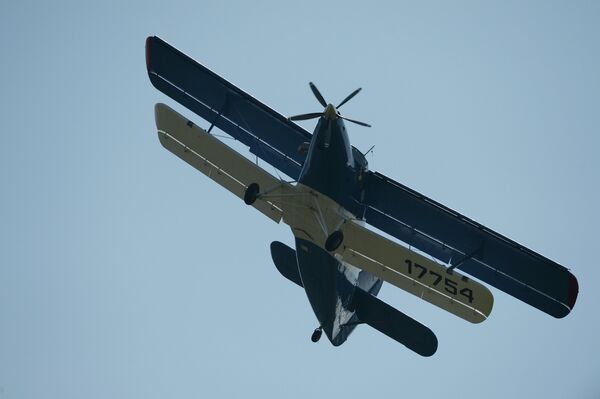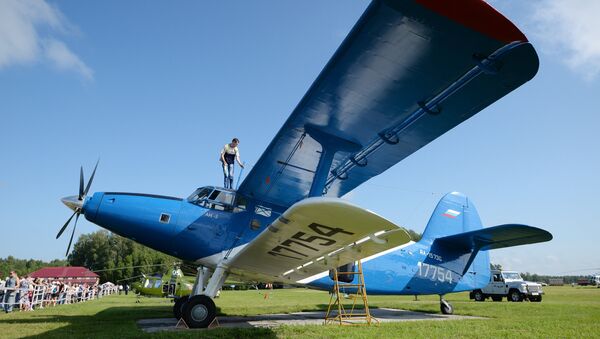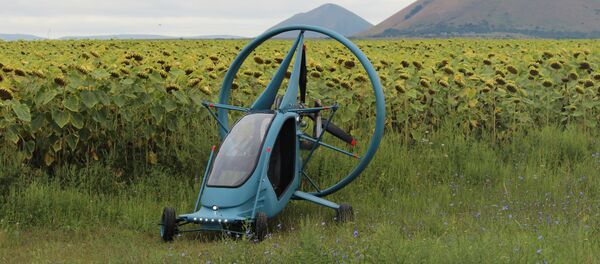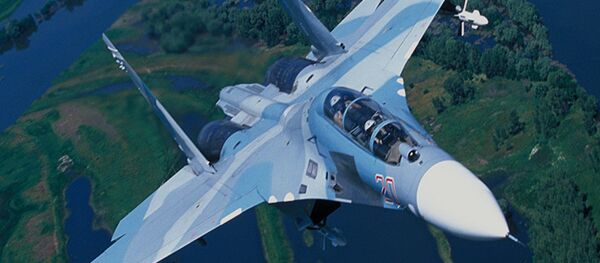Speaking to journalists on Thursday, Alexey Seryoznov, spokesman for the Chaplygin Siberian Research Institute of Aviation (SibNIA), said that the new aircraft is almost ready for mass production.
The MAKS-2017 air show will kick off in Zhukovsky near Moscow on July 18 and will continue until July 23.
SibNIA has developed and introduced technology for upgrading the An-2, a mass-produced Soviet single-engine biplane designed and by the Antonov Design Bureau which has been manufactured since 1946.
The An-2 was simply called "kukuruzink" (crop-duster) in the Soviet Union, and was primarily used for agriculture. It is still in use around the world.
The Guinness World Records lists the An-2 as the only plane in the world to have been produced for over 60 years.

Seryoznov said that the mass production of the TVS-2DTS plane, the An-2's successor, is due to be organized in the Novosibirsk region, possibly next to the airfield in the city of Berdsk thanks a partnership between private and state enterprises.
"First, the new plane will lift off from the Chkalovsky airfield [near Moscow] and then the aircraft will fly to the MAKS-2017 on its own," he added.
The new aircraft will feature superior characteristics to the An-2 but will retain the An-2's main advantages: it can take off and land at a low speed and only needs a short runway.
@LamaJabr The Antonov AN-2 is the only plane capable of flying backwards, when the wind is strong enough. pic.twitter.com/EcMcF4iAnh
— Book Typhoon (@BookTyphoon) 29 марта 2016 г.
The TVS-2DTS can fly at 300 kilometers per hour, (as compared to the An-2's 180 kilometers per hour), and has a flight range of 2,000 kilometers, versus the An-2's 1,200 kilometers.
The new plane's carrying capacity is 2,500 tons, while that of the An-2 is 1,500 tons.
He said that the state demand for such an aircraft will stand at about 350 aircraft, due to be supplied to the Russian Armed Forces as well as state bodies dealing with air medical services and forest protection.
Additionally, the new plane could be used for transporting passengers and cargo. Initially, the new aircraft factory's capacity is expected to total about 20 aircraft per year, Seryoznov said.




